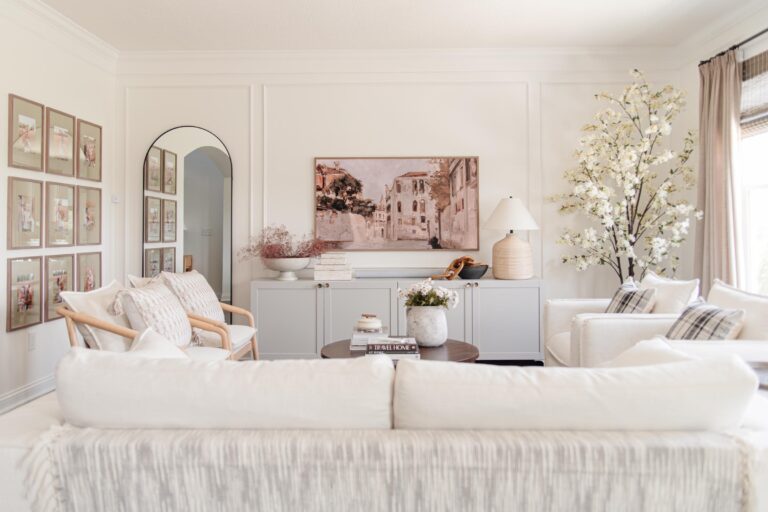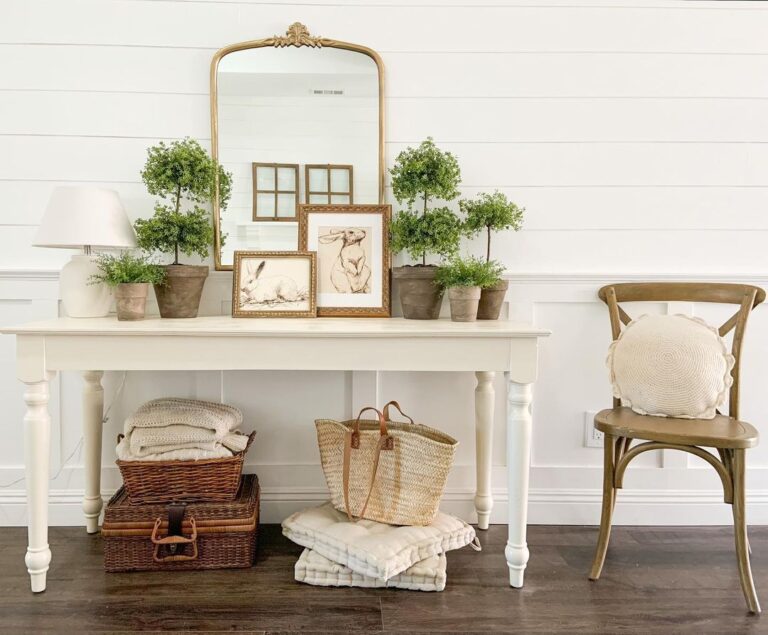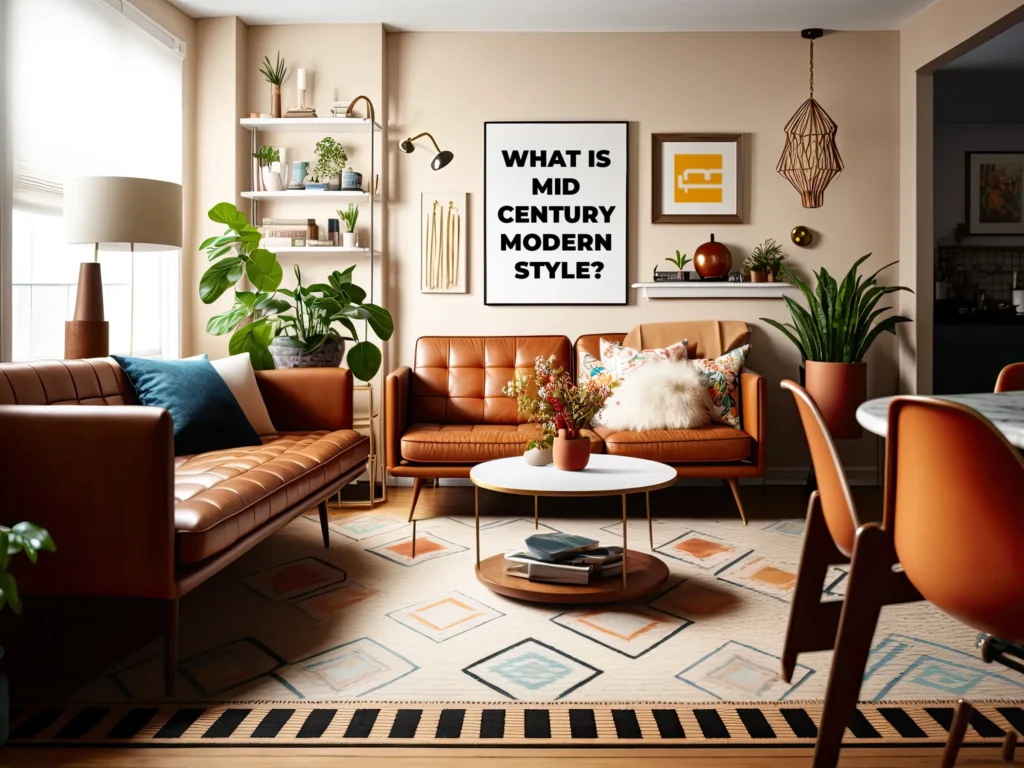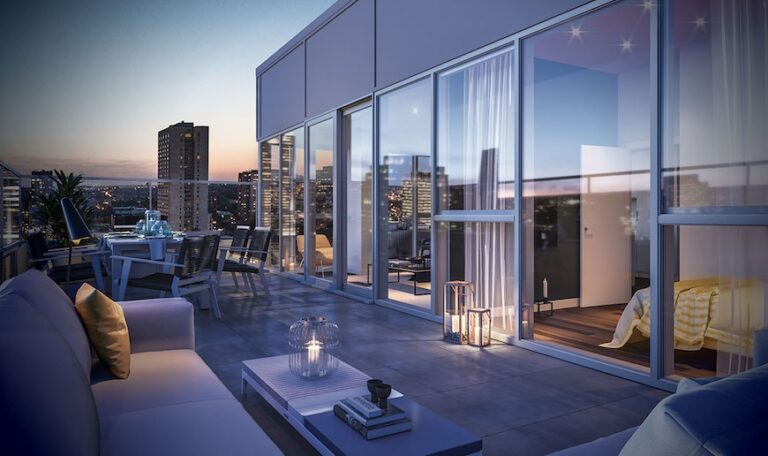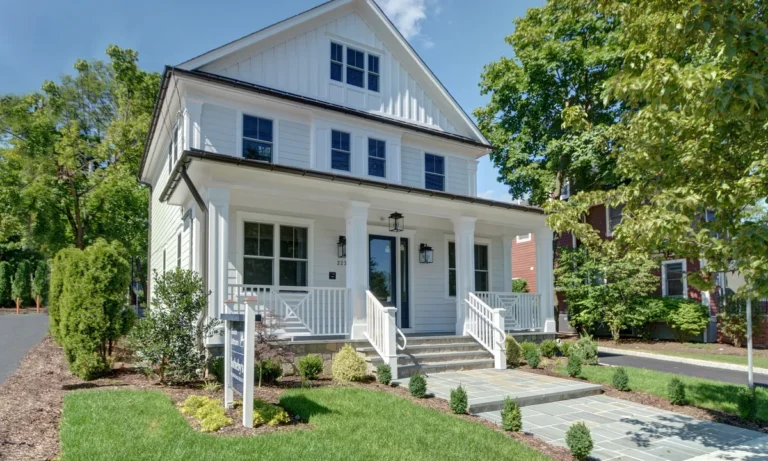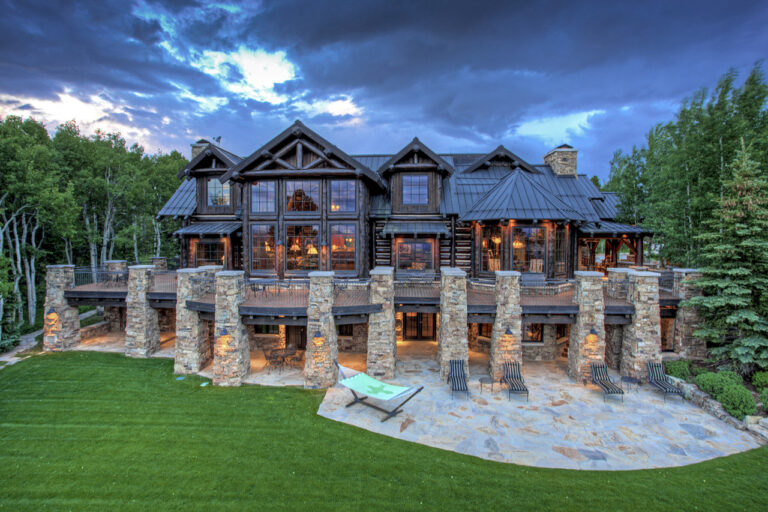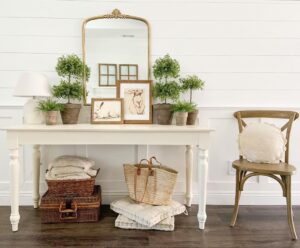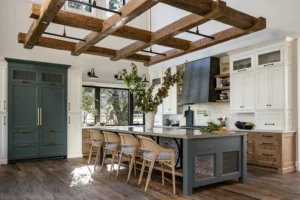In 1999, a young couple stumbled upon a dusty armchair in a second-hand furniture store in Brooklyn. At first glance, it seemed unremarkable — simple lines, low-slung design, and teak wood legs. They bought it for $20, seeing it as a quirky addition to their modest apartment. After a few weeks, they noticed how comfortable and stylish it was, its aesthetic fitting seamlessly with their eclectic mix of vintage finds. A friend, visiting for dinner one evening, casually mentioned that the chair resembled the work of a Danish designer from the 1950s. Curious, they did some research. They had an ordinary chair and a Jens Risom original, a key figure in the mid century modern furniture movement. This discovery opened a gateway into a world of furniture design that, decades later, was experiencing a renaissance — mid-century modern furniture was back in vogue.
From humble roots in post-war innovation to becoming a highly sought-after collectable style, mid-century modern furniture has evolved into an emblem of enduring taste and functionality. Its sleek lines, organic forms, and forward-thinking functionality have captivated generations of homeowners and designers alike. But what about this design movement has allowed it to stand the test of time? This article will explore the origins, key characteristics, cultural impact, and resurgence of mid century modern furniture along with some statistics that reflect its relevance today.
The Origins of Mid-Century Modern Furniture
Mid-century modern design emerged in the United States during the mid-20th Century, primarily between 1945 and 1969. This period was marked by a unique confluence of factors: the aftermath of World War II, rapid urbanization, technological advancements, and a desire to break away from the ornate styles of the past. The emphasis was on simplicity, functionality, and the honest use of materials.
Designers like Charles and Ray Eames, George Nelson, Arne Jacobsen, and Eero Saarinen became pioneers of this movement. They embraced new manufacturing techniques and materials like plywood, fibreglass, steel, and plastic. The goal was to create affordable, high-quality furniture that reflected a modern, democratic lifestyle.
One of the movement’s most iconic pieces is the Eames Lounge Chair and Ottoman, first produced in 1956. Charles and Ray Eames wanted to design a chair as comfortable as a “well-worn baseball glove,” and they succeeded. Today, the chair is a symbol of mid century modern furniture design and an enduring cultural icon, still in production and selling for thousands of dollars.
Critical Characteristics of Mid-Century Modern Furniture
mid century modern furniture is instantly recognizable due to its distinct features. Here are some of the most notable characteristics:
- Clean Lines and Minimalist Aesthetics
- mid century modern furniture often has a streamlined, uncluttered appearance. The focus is on function, with little to no ornamental details. This minimalism was a deliberate shift from the heavy, over-decorated styles of the preceding Victorian and Art Deco eras.
- Organic and Geometric Shapes
- While the design is minimal, mid-century modern furniture’s shapes are often organic and sculptural, giving the pieces an artistic quality. For example, the Eero Saarinen Tulip Chair has a single pedestal leg and a curving, flower-like seat.
- Natural Materials and Bold Colors
- Designers combined wood, metal, glass, and plastic to achieve striking contrasts. Teak, walnut, and oak were popular woods, while upholstery came in bold, saturated colours — a departure from traditional earth tones.
- Functional Design with Emphasis on Comfort
- Every piece of mid-century modern furniture was designed with the user in mind. While the aesthetics were important, designers prioritized functionality and ergonomics. For example, the Hans Wegner Wishbone Chair is beautiful and incredibly comfortable due to its thoughtful design.
- Integration with Architecture
- Mid-century modern design often aimed to blur the line between indoor and outdoor spaces. Furniture designs were usually incorporated into architectural plans. This can be seen in the work of architects like Richard Neutra and Frank Lloyd Wright, whose furniture designs often complemented the homes they built.
The Cultural Impact of Mid-Century Modern Design
The rise of mid-century modern furniture coincided with the post-war American dream of homeownership. The housing boom of the 1950s and 1960s led to suburban developments, and families were looking for contemporary furnishings to match their new homes. The clean, simple lines of mid century modern furniture complemented the architecture of the time, emphasizing open floor plans, large windows, and seamless integration with nature.
Mid-century modern furniture also made its mark in the corporate world. In the 1960s, George Nelson designed the Action Office System, a precursor to the contemporary cubicle revolutionizing workplace furniture. Herman Miller, a leading American furniture manufacturer, brought many of these designs to the mainstream. Even today, Herman Miller remains synonymous with modern mid-century furniture, producing iconic pieces like the Eames Lounge Chair and Noguchi Table.
The influence of mid-century modern design extends far beyond furniture. Its impact can be seen in graphic design, typography, architecture, and popular culture. Shows like Mad Men, set in the 1960s, helped to reintroduce mid century modern furniture aesthetics to a contemporary audience. The show’s production design, filled with authentic period furniture, contributed to a renewed interest in the style.
The Resurgence of Mid-Century Modern Furniture in the 21st Century
In the late 20th and early 21st centuries, mid-century modern furniture began to experience a resurgence. Designers and consumers alike rediscovered the movement’s emphasis on simplicity, craftsmanship, and timeless appeal. In an age of mass production and disposable consumer goods, people gravitated towards the enduring quality and classic design of mid-century modern pieces.
Today, demand for mid-century modern furniture is higher than ever. According to a report by The Business Research Company, the global home furniture market is projected to reach $720.2 billion by 2025, with mid-century modern design being a significant growth driver. The demand for vintage mid-century modern pieces has also exploded, with original designs by Eames, Nelson, and Wegner selling for tens of thousands of dollars at auction.
A 2022 survey by Chairish, a popular online marketplace for vintage furniture, found that mid-century modern was the top-selling furniture style on their platform. It accounted for over 45% of all sales, with the Eames Lounge Chair and Saarinen’s Tulip Table being among the most sought-after items. Additionally, searches for mid-century modern furniture on Google have steadily increased over the past decade, peaking during the COVID-19 pandemic as more people sought to redecorate their homes with comfortable, stylish furniture.
Why Mid-Century Modern Furniture Still Matters
The enduring appeal of mid-century modern furniture can be attributed to several factors. First, its timeless design makes it adaptable to various interior styles. Whether your home is industrial, minimalist, or eclectic, mid-century modern pieces can seamlessly blend in or stand out as statement pieces.
Second, the focus on quality and craftsmanship means that many original mid-century modern pieces have survived. While modern knock-offs exist, there’s a growing market for vintage, authenticated pieces. As environmental consciousness grows, consumers increasingly seek sustainable, long-lasting furniture options, and vintage mid-century modern furniture checks all the boxes.
Finally, mid-century modern furniture embodies a philosophy of design that prioritizes both form and function. As homes become multifunctional spaces — serving as offices, schools, and entertainment centres — the versatility and functionality of mid-century modern pieces have never been more relevant.
Conclusion: A Legacy of Design
Mid-century modern furniture represents more than just a fleeting design trend. Its origins in post-war optimism, its emphasis on simplicity and functionality, and its ongoing influence on contemporary design make it a permanent fixture in interiors. As our needs and lifestyles evolve, the timeless appeal of mid-century modern furniture remains a beacon of thoughtful, enduring design.
Whether you’re a first-time homeowner or a seasoned collector, mid century modern furniture offers the perfect blend of style, comfort, and history — a testament to the lasting impact of one of the most influential design movements of the 20th Century.


